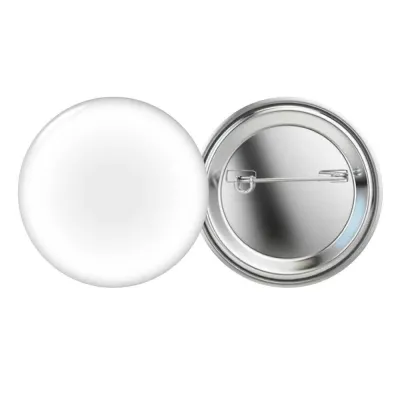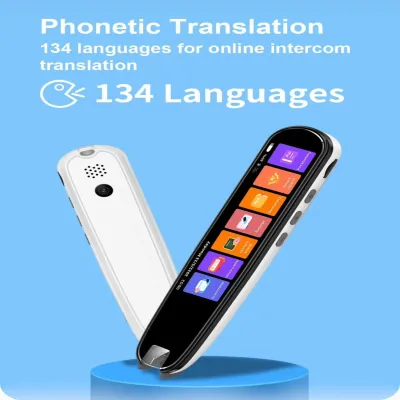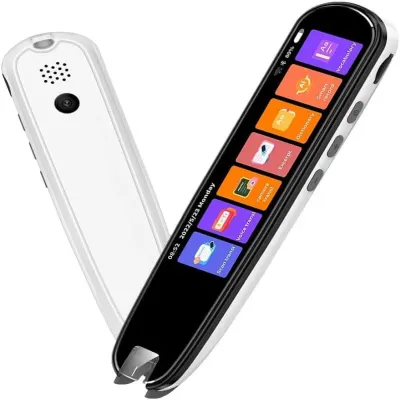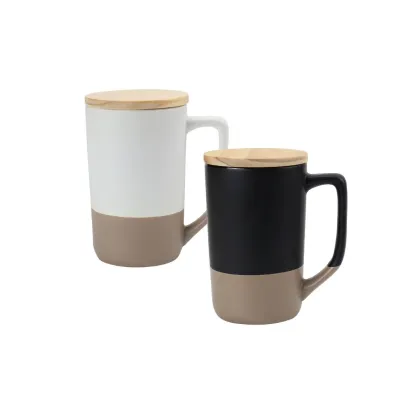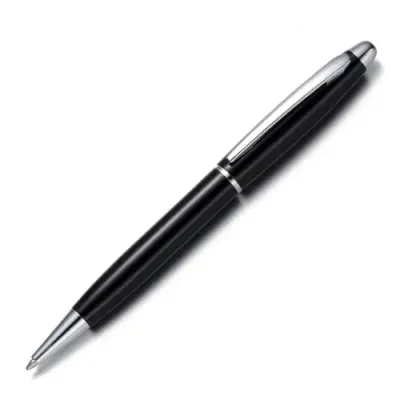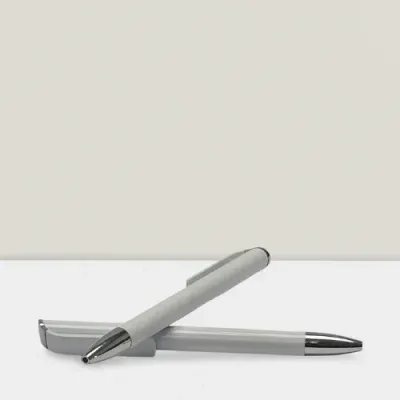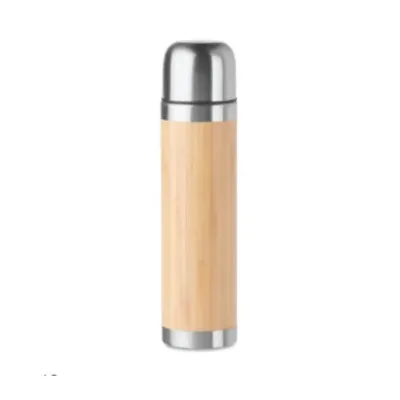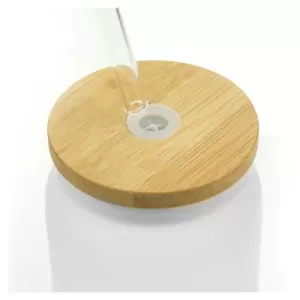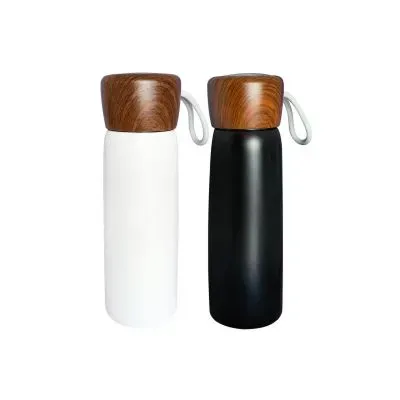What is the meaning of colors in Flag of Morocco
What is the meaning of the Flag of Morocco?
In a world adorned with flags representing diverse cultures and nations, each color and emblem holds a story of heritage, identity, and unity. Among these, the flag of Morocco unfurls a tale rich with symbolism, embodying the nation's history, values, and aspirations.
Design
At first glance, Morocco's flag strikes with its bold simplicity: a striking red field adorned with a green pentagram, centered boldly in its heart. But delve deeper, and you'll find that each hue carries profound significance.
Colors
Red: The Color of Valor and Sacrifice
Red, the dominant hue of Morocco's flag, pulsates with passion, bravery, and resilience. It symbolizes the sacrifices made by the nation's people throughout history, their unwavering courage in the face of challenges, and their willingness to defend their land and sovereignty. It echoes the blood spilled in the struggle for freedom and independence, a reminder of the nation's fierce spirit and enduring strength.
Green: The Verdant Promise of Growth and Prosperity
In juxtaposition to the fiery red, green radiates a sense of renewal, vitality, and prosperity. It represents Morocco's fertile landscapes, its lush oases, and its agricultural abundance. Moreover, green embodies the Islamic faith, a religion deeply woven into the fabric of Moroccan society, signaling hope, harmony, and spiritual richness. It signifies the nation's commitment to progress, sustainable development, and a flourishing future for its people.
The Pentagram: Symbol of Unity and Identity
Central to Morocco's flag lies a green pentagram, its five points reaching outward like rays of hope and unity. This ancient symbol, often associated with wisdom, balance, and protection, holds profound significance within Moroccan culture. Each point represents one of the five pillars of Islam, the foundation upon which Moroccan society is built. Moreover, it reflects the nation's diverse cultural heritage, uniting its various ethnicities, languages, and traditions under one emblem of shared identity and purpose.
History
The history of Morocco's flag is like a story of its journey through time, showing how it evolved over the years.
Long ago, before there was a flag as we know it today, different rulers in Morocco used their symbols to represent their power.
Then, a dynasty called the Alaouites came to rule Morocco. They had a flag that was just plain red, showing their authority.
As time went on, Morocco faced pressure from European countries like France and Spain, who wanted to control parts of it.
But in 1956, Morocco finally gained independence from these European powers. That's when Sultan Mohammed V introduced the flag we see today.
The modern flag has a bold red background, symbolizing courage and sacrifice, with a green pentagram in the middle. Each point of the pentagram represents one of the five pillars of Islam, which is a big part of Moroccan culture and society.
So, Morocco's flag tells the story of its past struggles and its strong cultural identity, proudly waving as a symbol of unity and independence for the Moroccan people.
Significance
The Moroccan flag is important because it represents the country's history, culture, and values. The red background symbolizes bravery and sacrifice, while the green pentagram stands for Islam and unity. It reminds the Moroccans of their independence and the strength of their nation. So, whenever they see the flag waving proudly, it fills them with pride and reminds them of their identity as Moroccans.
Conclusion
In essence, Morocco's flag is more than just a piece of fabric fluttering in the breeze. It is a tapestry woven with threads of history, culture, and aspirations—a symbol of the nation's past struggles, present unity, and future dreams. Through its vibrant colors and timeless symbolism, the flag of Morocco invites us to embark on a journey of understanding, appreciation, and solidarity with a nation that continues to carve its path amidst the sands of time.

